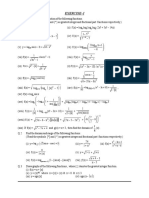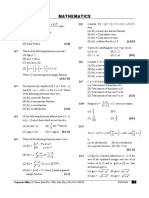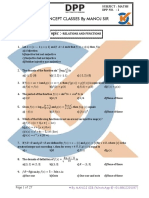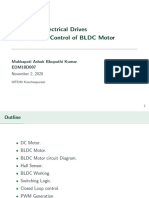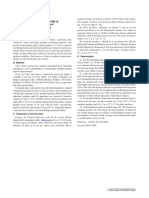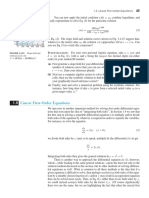0% found this document useful (0 votes)
20 views8 pagesSelfstudys Com File
The document contains a series of questions and answers related to relations and functions in mathematics. It covers topics such as the domain of functions, periodicity, and properties of functions. Each question is followed by the correct answer and a brief explanation.
Uploaded by
abhijitgupta2651Copyright
© © All Rights Reserved
We take content rights seriously. If you suspect this is your content, claim it here.
Available Formats
Download as PDF, TXT or read online on Scribd
0% found this document useful (0 votes)
20 views8 pagesSelfstudys Com File
The document contains a series of questions and answers related to relations and functions in mathematics. It covers topics such as the domain of functions, periodicity, and properties of functions. Each question is followed by the correct answer and a brief explanation.
Uploaded by
abhijitgupta2651Copyright
© © All Rights Reserved
We take content rights seriously. If you suspect this is your content, claim it here.
Available Formats
Download as PDF, TXT or read online on Scribd
/ 8



